




Introduction to Flowers
Flowers are one of nature's most beautiful creations. They come in different shapes, colours, and sizes, each with its own unique name. Learning the names of flowers in English can help you appreciate their beauty even more. From the delicate rose to the bright sunflower, each flower has its own charm.
A flower's main role in nature is to help with reproduction, since it has both male and female parts. The male part is called the stamen, and the female part is called the pistil. While scientists often use specific names for flowers, florists and flower lovers usually refer to them by their common names. This article explores a list of flower names in English, helping students to recognise and name the flowers they see every day.
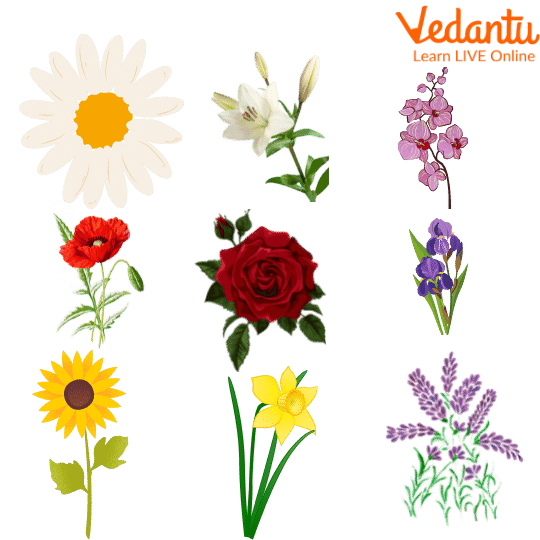
Different Types of Flowers
Rose
Rose is one of the most well-known flowers. It has gained cultural significance around the world and is frequently used as a symbol of love, affection, and beauty.
There are several varieties of roses available in vibrant colours and scents.
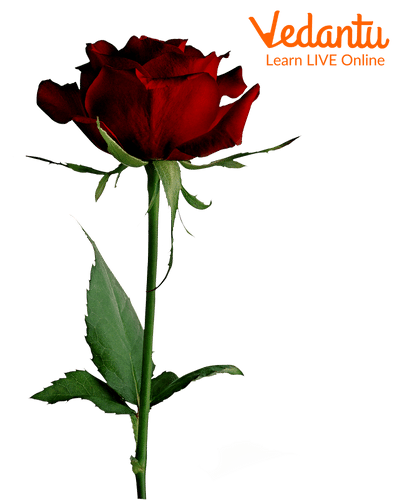
Roses
Lily
Lilium is the scientific name for lily. Lilies are a preferred choice for bouquets due to their unusual shape and nice fragrance. They are tall, stately, and beautifully shaped.
Like roses, lilies are prized for their beauty and toughness throughout the temperate Northern Hemisphere, making them significant cultural and literary figures.
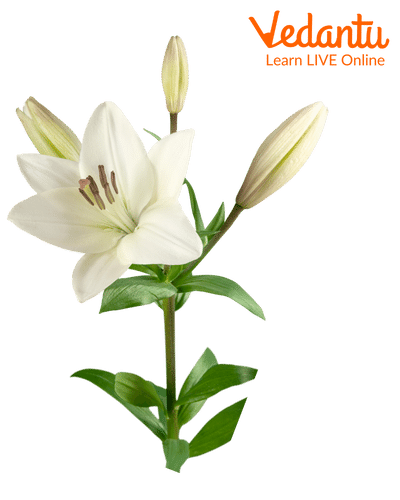
Lily
Tulip
Tulipa, the scientific name of Tulips, which is closely related to lilies and has a long history of cultivation at latitude 40° North, a region that includes Turkey, Ukraine, the Caspian Sea, and even parts of China, have long been associated with riches and abundance.
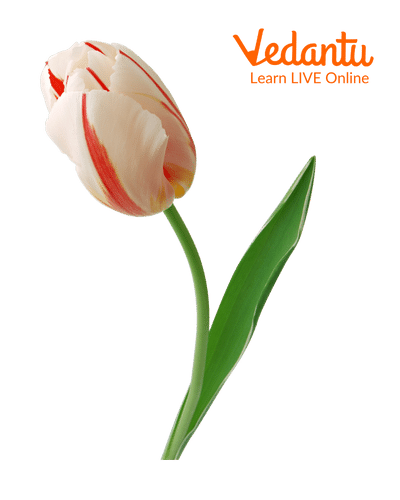
Tulip
Orchid
Orchids include more than 28,000 species of plants in the orchid family, make up roughly 60 species, and are primarily indigenous to Southern Asia and Queensland.
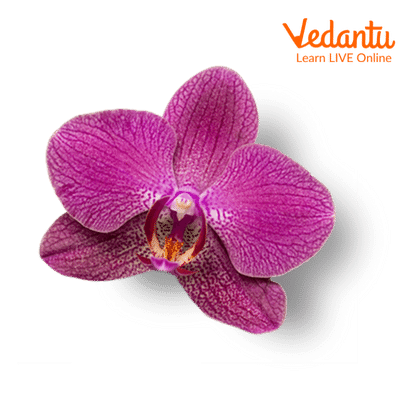
Orchid
Carnation
It is native to Europe and Asia, and as we already noted, it explains our long-standing attraction to this hardy plant.
It is one of the UK's favourite flowering plants.
It is meant to decorate with a perforated pattern, and is thought to have originated from the frilly edges of its petals.
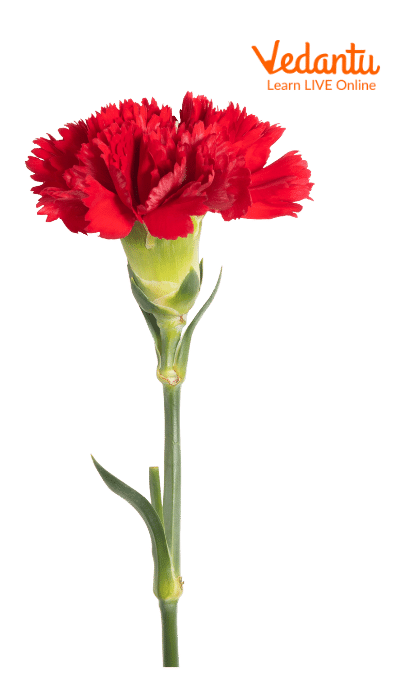
Carnation
Freesia
- These are developed hybrids of several flowers in the Freesia family. These lovely trumpet-shaped blossoms.
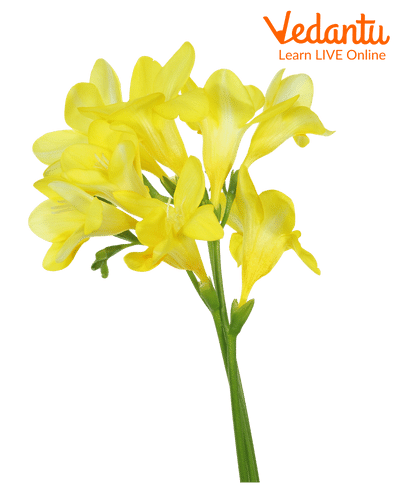
Freesia
Hyacinth
Hyacinths, a blue-budded plant with clusters of flowers along its stem.
This is a flowering hyacinth at the Persian New Year, which occurs at the Spring Equinox.
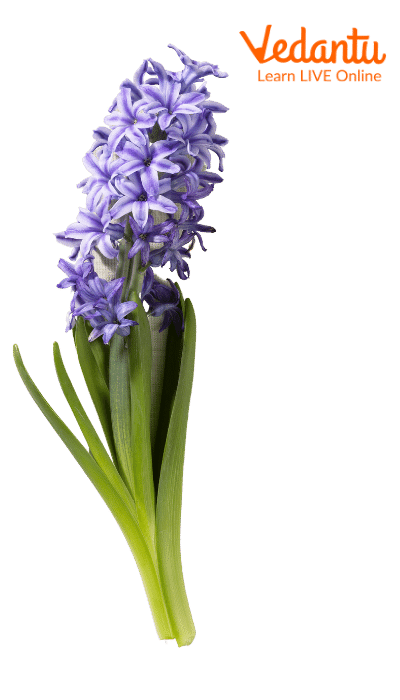
Hyacinth
Chrysanthemum
The chrysanthemum is a flower with various symbolic connotations that is primarily found in East Asia.
It has enormous significance for the Chinese, Japanese, and Korean civilizations and can signify anything from grief and adversity to the Japanese Imperial Family.
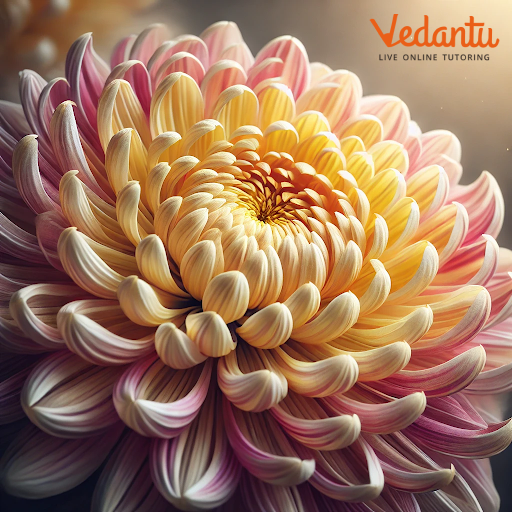
Chrysanthemum
Poppy
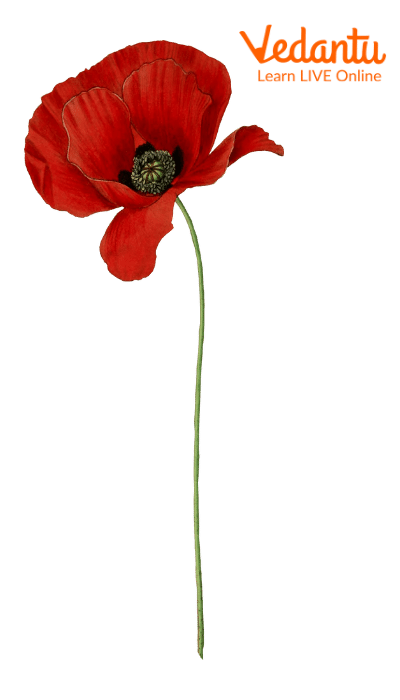
Poppy
Stunning but lethal, for thousands of years, the poppy has been a source of complicated debate in Europe and the Middle East.
These blossoms have long been known to contain potent narcotic compounds—morphine, opium, and codeine are all made from Papaver somniferum—representing sleep, death, and tranquilly.
Sunflower
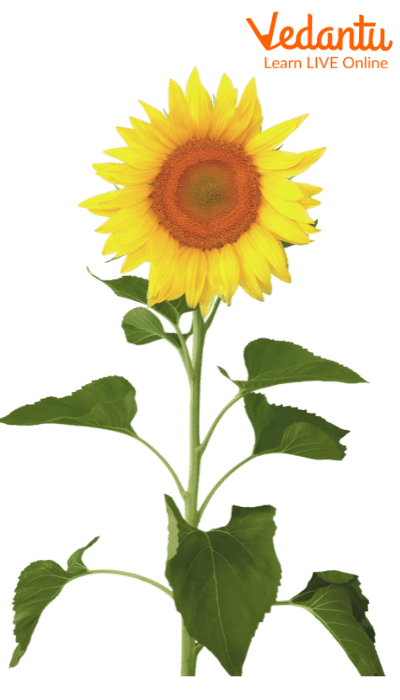
Sunflower
The sunflower is a well-known American plant named after the Greek words for the sun ("helios") and flower ("anthus"), respectively.
It is distinguished by its joyful, bright bloom and eye-catching brown centre. Amazingly, these towering giants can reach heights of up to 300 cm, making them quite difficult to incorporate into a bouquet.
Classification of Different Types of Flowers
Flowering plants come in various types, classified based on their blooming cycles and growth habits. Here are the main categories:
Annual Flowers
These flowers complete their life cycle in one growing season. They germinate, bloom, and die within a year.
Examples include marigolds, petunias, and zinnias.
Annuals are known for their vibrant blooms and are often used to add colour to gardens throughout the season.
Perennial Flowers
Perennials live for more than two years, often blooming every year after their initial planting. They come back each spring from their root system.
Examples include lilies, peonies, and daylilies.
Perennials are valued for their longevity and consistent appearance in gardens.
Biennial Flowers
These flowers take two years to complete their life cycle. They grow leaves and roots in the first year and bloom in the second year before dying.
Examples include foxglove and hollyhock.
Biennials are often used for their unique flowering patterns and are typically grown for their second-year blooms.
Shrub Flowers
Shrub flowers grow on woody plants that have multiple stems and are often used to create garden borders and hedges.
Examples include hydrangeas and camellias.
Shrubs provide structure and year-round interest in landscapes.
Tree Flowers
These flowers grow on trees, which are typically tall, woody plants with a single main stem.
Examples include cherry blossoms and magnolias.
Tree flowers are admired for their large blooms and can be striking features in gardens and parks.
List of Flowers from Each Type
List of Flowers Commonly Seen in India
Flowering Plants Names and their Uses
Test Your Knowledge of Flowers Name
Task 1: Match the Flower to Its Description
Create a list of descriptions for various flowers (e.g., "a large, yellow flower with seeds used for oil production"). Match each description to the correct flower name (e.g., Sunflower).
A large, yellow flower with seeds used for oil production.
A fragrant flower with delicate purple petals, often used in aromatherapy.
A vibrant, trumpet-shaped flower that blooms in a wide range of colours, commonly associated with Easter.
A small, cheerful flower with white petals and a yellow centre, often seen in lawns and gardens.
A striking flower with large, colourful blooms, known for its ability to attract butterflies and bees.
A flower with a sweet, fruity fragrance and usually white or pink blooms, often used in perfumes.
A flower with a bell-shaped blossom, often used in herbal teas and known for its calming effects.
A flower with bright orange or yellow petals is commonly used to brighten up gardens and repel pests.
A flower with large, colourful petals and a central disc, often used in floral arrangements and gardens.
A plant with small, tube-like flowers that bloom in clusters, known for attracting hummingbirds.
Task 2: Write a Short Paragraph Using Flower Names:
Write a paragraph describing a garden or floral arrangement using at least five different flower names. Ensure the flowers are used accurately and appropriately in context.
Find Out if You Got Them All Right from the Answers Below.
Task 1:
Sunflower
Lavender
Lily
Daisy
Coneflower (Echinacea)
Jasmine
Chamomile
Marigold
Gerbera Daisy
Red Hot Poker (Kniphofia)
Task 2:
In the garden, tall sunflowers with their big, yellow petals soak up the sun. Bright orange and yellow marigolds add a cheerful colour, while purple lavender adds a nice contrast. A patch of white daisies spreads across the ground, giving a light and fresh look. Tall gladiolus flowers stand proudly at the edge, adding a touch of elegance. Together, these flowers make the garden beautiful and attract butterflies and bees.
Takeaways from this Page
Understanding flower names in English reveals several key points. Common names like Rose, Tulip, and Daisy are widely recognized, but each flower also has a scientific name, such as Rosa for Roses, which helps in accurate identification. Flowers often carry cultural significance; for instance, Roses symbolise love and Lilies represent purity. Each flower species has various types and uses, from decoration to medicine. Blooming seasons vary, with Tulips typically appearing in spring. Regional and linguistic differences can affect flower names, and studying these names is crucial for botany and horticulture, helping with plant care and understanding growth patterns.
FAQs on Flower Names: A List of Beautiful and Common Flowers
1. What are the significance of flower?
The following are some of the significant roles that flowers play
The flower's ovary grows into a fruit with a seed after fertilisation.
The reproduction of flowers is their primary purpose. They assist in fusing male and female gametes together.
Insects and some birds feed on flowers’ nectar.
2. Which flower is the most well-known flower in the world ?
The rose is a well-known and appreciated flower. The rose's link with love is one of the main factors in its appeal.
A lot of individuals also enjoy the rose's fragrance. The rose is an edible flower, to finish.
The rose comes in countless varieties. Each rose colour has a specific meaning.
White flowers indicate purity and innocence.
Pink flowers are symbols of love and joy.
Yellow roses are a symbol of friendship and love.
Red roses are a sign of intense love.
3. What is the first flower on Earth?
Researchers have found an ancient plant in Liaoning, Archaefructus, that has very small, simple flowers and could be one of the first flowering plants. Archaefructus lived around 130 million years ago and probably grew in or near the water.
4. What are some common Flowers Names in English?
Common Flowers Names include roses, tulips, and daisies. These flowers are popular for their beauty and variety. They are often used in gardens and bouquets.
5. What are the Types Of Flowers available?
Types Of Flowers include annuals, perennials, and biennials. Each type has different growth cycles and care needs. Knowing these can help you choose the right flowers for your garden.
6. Can you provide a List of Flowers?
A List Of Flowers might include roses, tulips, lilies, and daisies. This list helps in identifying and selecting flowers for different occasions. It can be useful for gardening and floral arrangements.
7. What are Different Types of Flowers?
Different Types Of Flowers include wildflowers, tropical flowers, and garden flowers. Each type has unique characteristics and growing requirements. Understanding these types helps in choosing flowers for specific environments.
8. What are some examples of Flowering Plants Names?
Flowering Plants Names include roses, sunflowers, and hibiscus. These plants produce blooms and are often used in decorative arrangements. They are popular choices for gardeners and florists.
9. What are some Flowers Names In English for garden plants?
Flowers Names In English for garden plants include petunias, geraniums, and zinnias. These flowers are commonly grown in gardens for their vibrant colours. They are also easy to care for and maintain.
10. What are some popular flowering plant names for indoor use?
Popular Flowering Plants Names for indoor use include peace lilies, orchids, and begonias. These plants are well-suited for indoor environments and add beauty to any room. They also improve indoor air quality.










